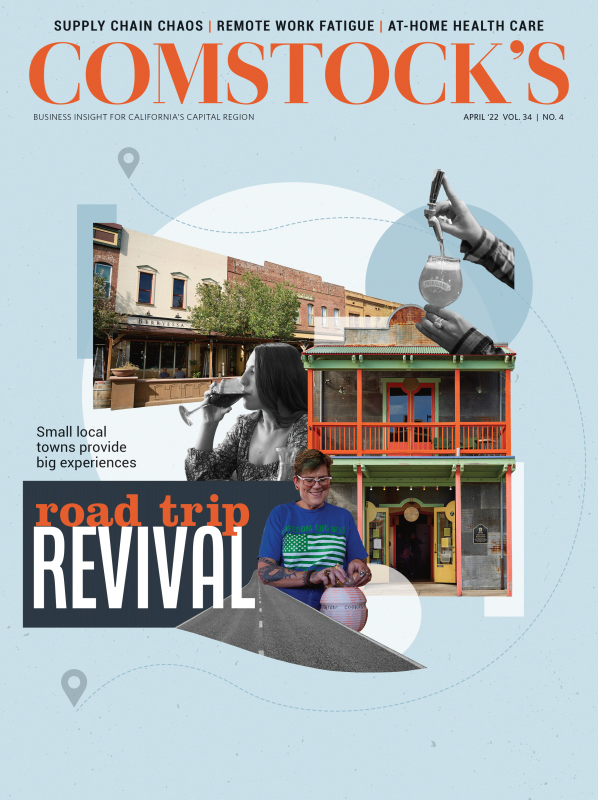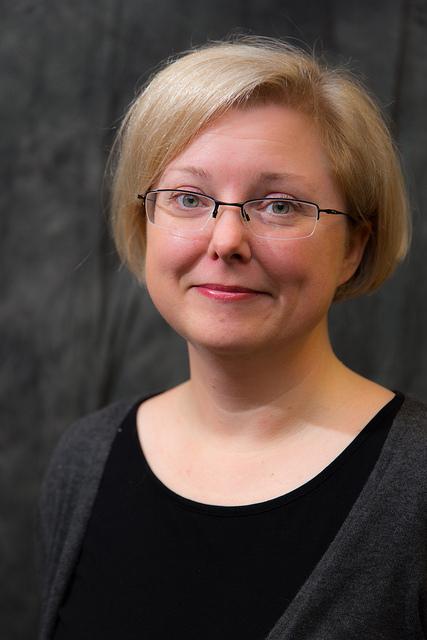Before broadband was mainstream, before smartphones and tablets were everywhere, and long before COVID-19 seized the globe, Dr. Javeed Siddiqui saw the future.
In 2002, he was doing video consultations, reviewing lab data and discussing medications with HIV patients in rural California. But the virtual visits of 20 years ago didn’t look like they do today. He was using ISDN — six phone lines spliced together — and bulky cart systems that weighed more than 100 pounds. Eight to 10 frames per second. Poor connections. But at UC Davis — as a disciple of Dr. Thomas Nesbitt, the father of telehealth in California — Siddiqui believed in the potential of doctors seeing patients online, despite the doubters.
Dr. Javeed Siddiqui has been offering virtual health care for the
last 20 years.
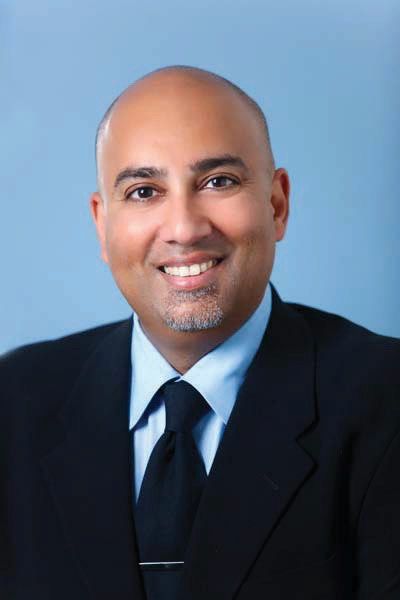
In 2010, Siddiqui co-founded TeleMed2U. This Roseville-based company, where he serves as chief medical officer, provides telemedicine-based specialty care directly to patients in more than 40 states and in-patient telemedicine at 14 hospitals in four states. Evidently, Siddiqui was ahead of the curve.
In 2019, Sutter Health did 7,400 video visits in one year. In 2020, it did 1.1 million. Behavioral health saw the biggest shift. Since 2020, more than 80 percent of outpatient behavioral health visits have shifted to virtual care. Due to new patient referrals via video, Sutter Health also saw a decrease in no-show rates for both established and new patients, down to 5-10 percent (from 15-25 percent).
Since the pandemic began, telehealth visits in California increased by 61 percent, with one in five patient visits now being conducted via telehealth, according to the California Medical Association. Through apps and software, patients now have more access to health care providers than ever. Video visits give physicians a real-time window into the home spaces of their patients (What’s in the fridge? Is the place messy?) to paint a fuller picture. But the expansion of telehealth services has also exposed long-standing problem areas, such as the unequal access to broadband and medical technology designed without providers in mind.
Still, in this public health crisis, the benefits of patients connecting virtually has been transformative in many ways, according to Dr. Albert Chan, chief digital health officer at Sutter Health. He recounts stories where medical technology led to faster assessments. One woman sent in pictures of her bleeding mole, which helped a dermatologist diagnose her melanoma. Another family had a child who was “not walking quite right,” Chan says. A pediatrician observed the child on video, confirmed the parents’ concern, then ordered an MRI for the child, which ultimately revealed a brain tumor.
“If we hadn’t had technology like this, and limited access to evaluation because of COVID, the diagnosis might have been delayed,” Chan says. “But for the doctor to be able to see what the parents were seeing helped them make the diagnosis quickly.”
Policy changes
Prior to the pandemic, reimbursement for telehealth-delivered services was limited, according to Mei Wa Kwong, executive director of the Center for Connected Health Policy. But due to the public health emergency, those barriers were suspended, allowing more people to receive services at home.
The Center for Connected Health Policy operates primarily through grants or federal funds to educate and provide resources to raise awareness. The policy shift has been a boon for people who would otherwise have to travel long distances to see a doctor or therapist, or if they have issues with mobility. During the pandemic, the telehealth option also reduced potential infections or exposure if they could get support without leaving the house. But this benefit wasn’t universal.
“What they discovered was maybe not everybody can take advantage of telehealth,” Kwong says. “Not everyone has access to the internet and broadband. Some can’t afford (it) or live in an area with no Wi-Fi. … What was encouraging was seeing policies and financial investments that the government put into broadband. It’s still not enough, but it’s a good start.”
Kwong also acknowledges this isn’t something the government can fix overnight. Infrastructure needs to be built, but in Sacramento, she highlighted the addition of hot spots in certain neighborhoods or on school buses for children to do schoolwork. These portable hot spots are a patch but not a long-term solution, she says.
“Telehealth isn’t appropriate for every single situation,” Kwong says, “but it should be available when a person needs it and when it’s appropriate to use for that particular situation.”
“Telehealth isn’t appropriate for every single situation, but it should be available when a person needs it and when it’s appropriate to use for that particular situation.”
Mei Wa Kwong, executive director, Center for Connected Policy
A wrong approach
Sutter Health’s latest tool, developed by Wisconsin-based Epic, is for pregnant patients, fully integrated with the electronic health record, an extension of Sutter’s My Health Online platform, Chan says. The app checks in with users every week, tailoring pregnancies with timely advice.
“I think that speaks to the power of integration,” Chan says. “Our goal is to say, ‘Hey, in these most intimate times, we’re there for you and personalize care for you.’”
There are certain things the health system can’t do on its own. In these instances, Sutter Health collaborates with qualified partners. But it’s critical those partners have a solid grasp of the opportunities and barriers in health care, such as heightened patient privacy regulations and information security needs, Chan says.
“Often, we see partners who come to us with a mere consumer or product background,” he says, “but don’t fully understand the complexity of needs of our patients and the need for connectivity. We know the most treacherous thing for patients is in these hand-offs. If you have a partnership that is not effective, things get dropped and people feel lost.”
Almond Tree Capital, a Davis-based venture capital firm with a focus on investments in medical devices, diagnostics and health information technology, has seen both sides: Telehealth deployment has accelerated tremendously, but unplanned staffing shortages and virtual-only conferences have caused interruptions or other glitches in product rollouts and in market data and clinical data collection, according to Cary Adams, co-founder of Almond Tree Capital.
In addition, he says, many IT-based approaches to new medical applications don’t learn enough about the segments of specific markets they plan to disrupt before they design their products. Just because a tool might make things more efficient in other industries doesn’t mean it will be useful or welcome in specific clinical settings.
“The tech industry has a long and sorry history of pumping huge amounts of money into startups that are going to ‘transform health care,’’’ he says, citing the collapses of Healtheon and Theranos, and IBM recently selling off its Watson health care technology as examples. “You have to be knee-deep in the gullies and mudflats of the health care industry and appreciate how different each submarket is.”
He highlights academic settings and other sectors within the health care industry as major incubators where some of the most effective solutions are coming from. To disrupt the way things are done in each clinical setting, you have to start from a position of learning how clinical data collection works currently and also understand the financial incentives involved, and what it takes to change their standards of care, Adams says.
“If you don’t approach it from that perspective,” he says, “you’re almost doomed to failure.”
‘The easy part’
When it comes to medical technology, providers also have a learning curve. For example, not all patients have equal broadband access. If providers use specific software, patients might not be able to download and connect. This means telehealth isn’t the quick plug-and-play solution some clinicians may think it is.
“Everyone thought that if they had broadband and a camera, they could do telehealth,” Siddiqui says. “But none of them took into account the art of telehealth. … The provider has to be comfortable. They can’t come on and say, ‘Hey, can you see me? I can see you. Wow, this thing really works!’”
“Everyone thought that if they had broadband and a camera, they could do telehealth. But none of them took into account the art of telehealth. … The provider has to be comfortable. They can’t come on and say, ‘Hey, can you see me? I can see you. Wow, this thing really works!’”
Dr. Javeed Siddiqui, co-founder, TeleMed2U
This concept of digital presence (e.g., video quality, audio, lighting, background) plays a big role in connecting to a patient virtually. Also, privacy issues need to be taken into account, even more so than before. Neither the provider nor patient would want to set up a video call near a door or window where other people may hear. The medium also requires physicians to know how to do home-based physical exams and be creative with checking vital signs. Smartwatches and apps can assist with temperature, blood pressure, heart rate and even oxygen saturation, Siddiqui says. “Having a webcam and broadband is the easy part,” he says.
One of the hardest parts is the uncertainty of the future. The suspension of previous telehealth policies is not indefinite. “Will (the Centers for Medicare & Medicaid Services) try to put the genie back in the bottle?” Siddiqui wonders. If so, he believes the decision will be met with a great deal of public outrage. But only time will tell.
“We just can’t assume it won’t go back to how it was,” he says. “Hopefully the current administration and Congress will see this and the value it brings to telehealth delivery and make it become a permanent thing.”
–
Stay up to date on business in the Capital Region: Subscribe to the Comstock’s newsletter today.
Recommended For You
Sponsored
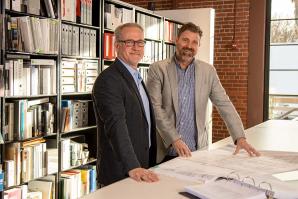
Transforming Environments of Health
HGA
HGA, an interdisciplinary design firm with offices nationwide, provides architectural design and all disciplines of engineering. In Sacramento and throughout Northern California, the firm offers architecture, structural engineering, mechanical engineering, plumbing engineering and interior design.
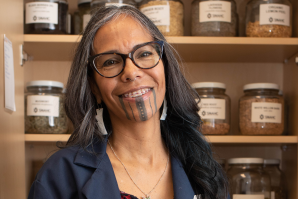
Restoring Balance
Medical herbalist Sage LaPena shares traditional knowledge and health education
As the practitioner for the Sacramento Native American Health Center’s Healing Ways Program, Sage LaPena helps patients get control of their conditions through a holistic approach.
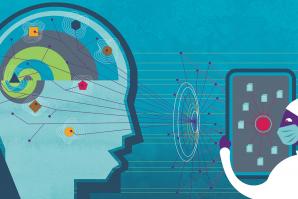
Can Artificial Intelligence Improve Mental Health?
After the disruption of 2020, the push for more collaborative affiliations has become even more urgent. At the core of this evolving model is technology.
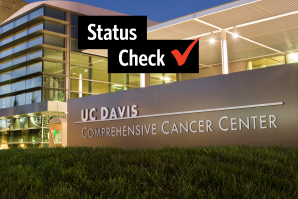
A Comprehensive Effort
UC Davis Comprehensive Cancer Center looks to leverage recent $17.5 million federal grant
Factoring in local matches, a common requirement for federal grant awards, the money could go much further.
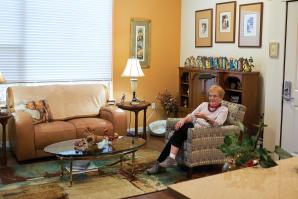
The New Age of Aging
Developers in the Capital Region are building new models of senior housing — in preparation for the ‘silver tsunami’ to come
As aging baby boomers approach their golden years, new senior living projects are springing up to accommodate to increased demand and offering a new take on “aging with grace.”




